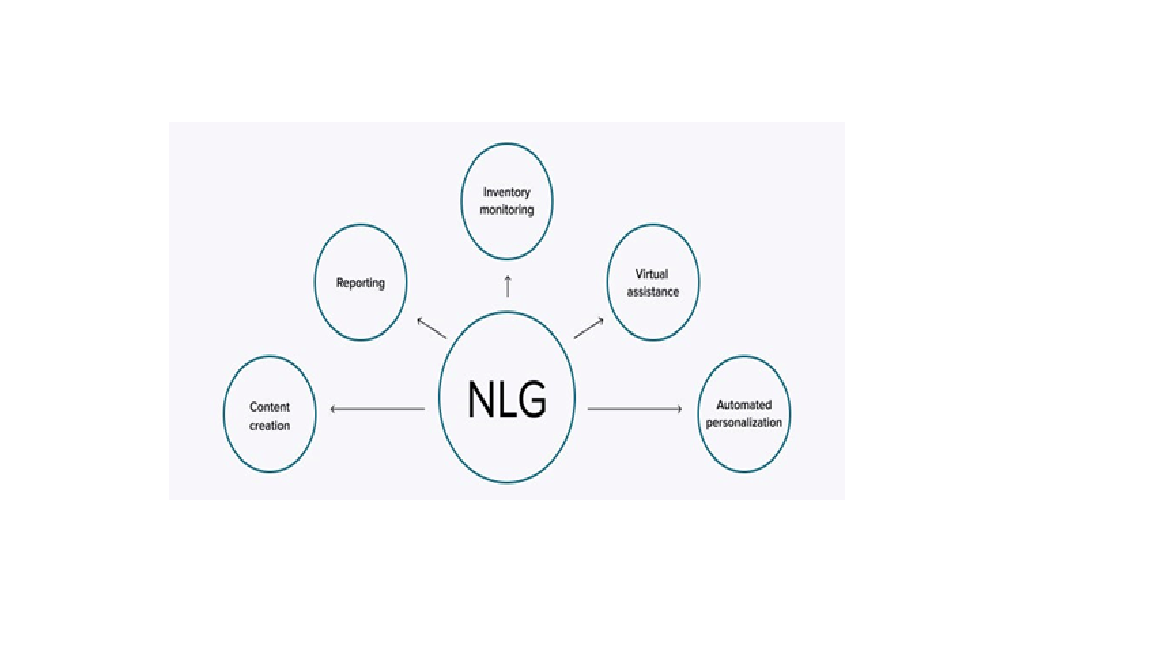Natural Language Generation Systems for Automated Content Creation
Main Article Content
Abstract
Natural Language Generation (NLG) systems have rapidly evolved, enabling automated content creation across various domains, including journalism, marketing, healthcare, and finance. These systems leverage deep learning models, particularly Large Language Models (LLMs) such as GPT, BERT, and T5, to generate human-like text based on structured and unstructured data inputs. The advancements in transformer-based architectures, reinforcement learning, and prompt engineering have significantly improved content fluency, coherence, and contextual understanding. However, challenges remain in ensuring factual accuracy, mitigating biases, and maintaining ethical considerations in AI-generated content. This paper explores the current state of NLG systems, highlighting key methodologies, applications, and limitations. Additionally, it discusses emerging trends such as multimodal content generation, controllability in text generation, and real-time adaptation in dynamic environments. The study aims to provide insights into how automated NLG systems can be optimized for enhanced content quality, user engagement, and ethical compliance in real-world applications.
